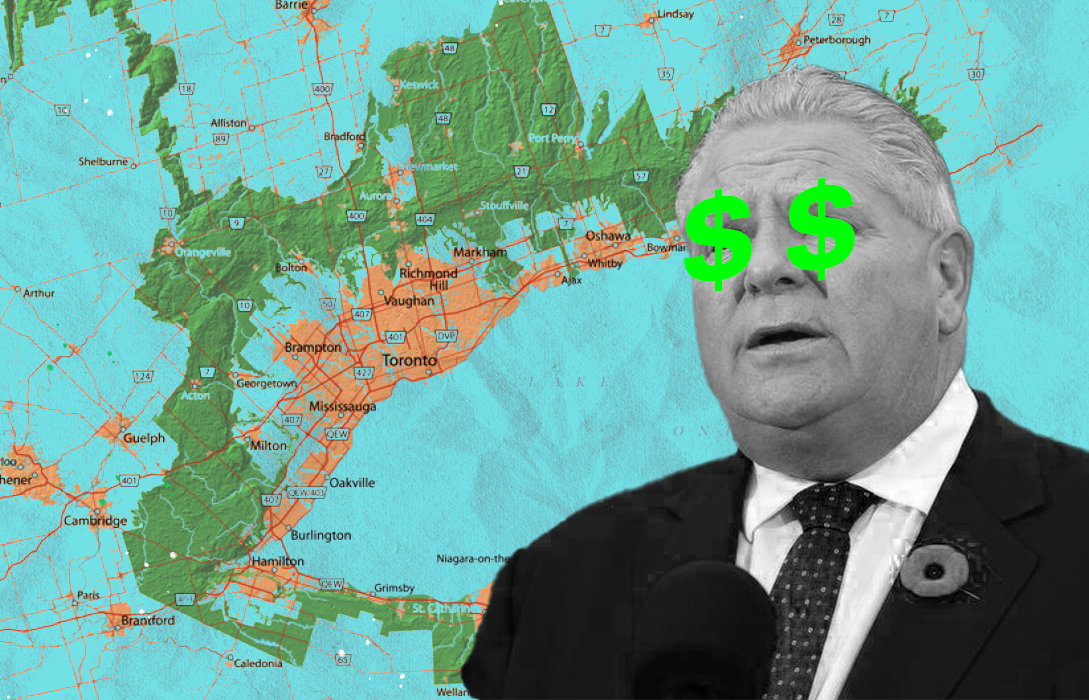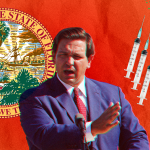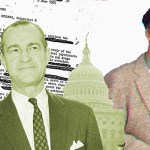The Greenbelt is a protected area of land that surrounds the Greater Toronto Area. It was created in 2005 by the provincial government to curb urban sprawl and protect farmland and natural habitats. However, the Greenbelt is now under threat from developers who see it as prime real estate for new housing developments.
Doug Ford, the current premier of Ontario, has been a vocal supporter of development in the Greenbelt, and his government has taken steps to make it easier for builders to obtain permission to build on Greenbelt land. The consequences of this could be disastrous, not only for the environment but also for the economy. If the Greenbelt is lost, it will be difficult to replace, and Hamiltonians will be left with little green space and fewer opportunities to enjoy the outdoors.
There are ways to protect the Greenbelt from development, but it will require political will and public pressure. The first step is to educate yourself about the issue and make your voice heard. Contact your local elected officials and let them know that you value the Greenbelt and want it protected for future generations.
Who owns the land in the Greenbelt and how was it acquired?
The Greenbelt is a protected area of natural land surrounding the Greater Toronto Area. It was created in 2005 under the Liberal government of Dalton McGuinty, with the intention of preventing development and sprawl in the region. The Greenbelt currently covers over 2 million acres of land, making it one of the largest protected areas in the world.
Doug Ford, the current Premier of Ontario, has been outspoken about his desire to open up the Greenbelt for development. He has promised to “develop every inch” of the Greenbelt for new housing, roads, and infrastructure. This has been a controversial issue, with many people arguing that the Greenbelt is a vital environmental protection that should not be sacrificed for development.
The Greenbelt was created through a mixture of public and private land acquisition. Approximately 60% of the Greenbelt is privately owned, while the remaining 40% is owned by various levels of government. If Doug Ford’s plans to open up the Greenbelt go ahead, it is likely that much of this privately-owned land will be bought up by developers and builders.
What are the potential consequences of development in the Greenbelt?
The Greenbelt is a protected band of green space that surrounds the Greater Toronto Area. It was created in 2005 with the goal of preserving natural heritage and agricultural land. Today, the Greenbelt covers more than 1.8 million acres and is home to a diverse range of plants and animals. It is also a popular recreation destination, with thousands of people visiting each year to hike, bike, and camp.
Since its creation, the Greenbelt has come under threat from developers who see it as prime real estate for new housing developments. In 2018, Ontario premier Doug Ford proposed opening up the Greenbelt for development, sparking a fierce debate. Critics argue that development would damage the Greenbelt’s ecological balance and jeopardize its role as a recreation destination. They also fear that it would lead to urban sprawl and put further strain on already-congested roads and transit systems. Supporters of development argue that it would provide much-needed housing for a growing population and boost the economy by creating new jobs in construction and related industries.
The future of the Greenbelt remains uncertain. However, one thing is clear: any decision about its future will have far-reaching consequences for the people and wildlife who call it home.
How can Hamiltonians protect the Greenbelt from development?
Local politicians in Hamilton are appealing to the provincial government to protect the Greenbelt from development. The Greenbelt is achronologically protected area of land that surrounds the Greater Toronto and Hamilton Area, and it contains some of the last remaining undeveloped land in the region. Development in the Greenbelt is tightly regulated, but there are still occasional proposals for projects that would require the alteration or removal of protected lands. When these proposals arise, local politicians often lead the charge to protect the Greenbelt. In some cases, this involves making appeals to the provincial government, and in other cases it may involve taking legal action. However, the ultimate goal is always to keep this valuable natural resource safe from development.
The Greenbelt is a crucial piece of untouched land in the Greater Toronto and Hamilton Area. It provides many environmental benefits and is home to a variety of plants and animals. Unfortunately, the Greenbelt is under threat from development. The Ontario government must take steps to protect this important natural space before it’s too late.












